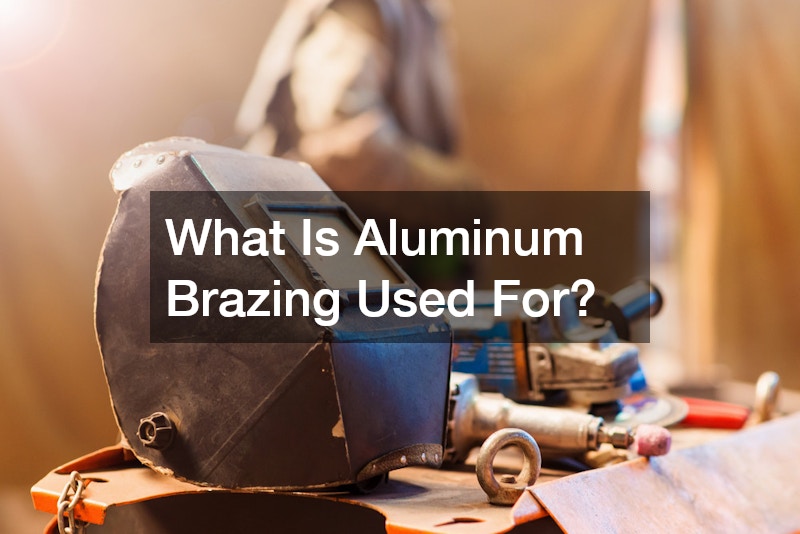
Aluminum brazing is a versatile joining technique employed in various industries to create strong and durable connections between aluminum parts. Unlike welding, which melts the base materials, aluminum brazing involves using a filler metal with a lower melting point than the aluminum components. This process allows for the joining of aluminum without subjecting it to the high temperatures required in welding, which can lead to warping or weakening of the material.
Aluminum brazing is commonly used in applications such as automotive radiators, heat exchangers, and air conditioning units, where precision and resistance to high temperatures are essential.
One of the significant advantages of aluminum brazing is its ability to produce high-strength joints with minimal distortion of the base materials. This characteristic makes it particularly valuable in the aerospace and automotive industries, where the integrity and performance of components are crucial. The process also allows for the joining of aluminum with other metals, expanding its applicability to a range of engineering and manufacturing contexts. Additionally, aluminum brazing is well-suited for assembling complex structures, such as intricate cooling systems, due to its ability to produce clean and precise joints without the need for extensive post-processing.
Aluminum brazing remains a preferred method for many applications due to its ability to produce reliable, high-quality joints and its effectiveness in various demanding environments.
.




